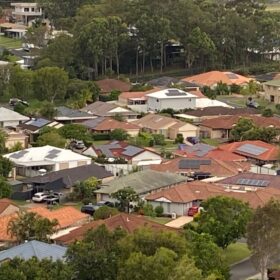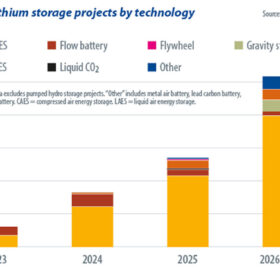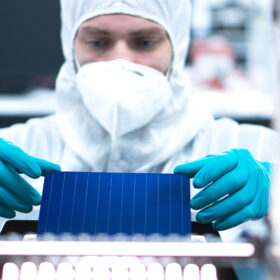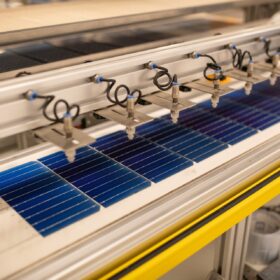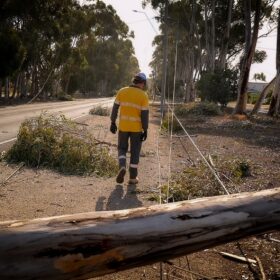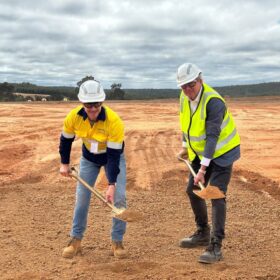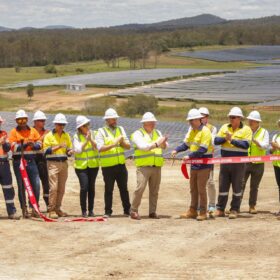Report says rooftop solar key to cutting climate pollution
A new report puts electricity generation, storage, transmission and electrification from renewable sources on Australia’s front line to combat climate pollution.
Weekend read: Can anything topple lithium-ion?
The need for long-duration energy storage in a net-zero world is undeniable but with conventional battery prices tumbling, can anything dislodge the mainstream grip of lithium ion? S&P Global’s Susan Taylor provides an update on non-lithium storage technologies.
SunDrive does deal with AGL in domestic solar panel push
Solar panel manufacturing in Australia has reached a new zenith with a commitment by two industry leaders to explore the possibilities of establishing a commercial-scale advanced solar panel manufacturing facility in the heart of New South Wales coal country.
Albanese announces $1 billion ‘pit to panel” solar manufacturing program
The Australian government will commit $1 billion to help build a domestic solar panel manufacturing industry that it anticipates will underpin the nation’s future as a renewable energy superpower.
Feds legislate standalone authority to support energy transition
The Australian government has introduced legislation to parliament to establish a new independent statutory authority that it expects will serve as a catalyst for the major project development, and private and public investment needed to support the clean energy transition.
Queensland roadmap plots path for 22 GW renewable energy zone strategy
The Queensland government has formally identified 12 potential renewable energy zones across the state as part of its plans to connect 22 GW of new grid-scale wind and solar generation needed to help achieve its clean energy targets.
Powercor plots microgrids to boost regional energy security
Victorian electricity distributor Powercor has identified a clutch of towns in the state’s central highlands region as possible hosts for community-scale microgrids as it works to deliver improved energy security and reliability for customers across the state.
ElectraNet rolls out transmission strategy to support SA’s energy transition
The private owner and operator of South Australiaʼs electricity transmission network has laid out its plans to manage the challenges and opportunities of the state’s energy transition, including investing in major transmission projects to serve an expected increase in demand.
Construction works begin for 2 GWh Collie big battery
Western Australian government-owned utility Synergy has commenced construction of its third grid-scale battery as the state government looks to ramp up energy storage capacity to support its planned transition from coal-fired power generation to renewables.
Coalition of clean energy stakeholders call for “measured and considered” local content in renewable energy projects
A coalition of leading interest groups across Australia has called on the federal government to introduce local content requirements in renewable energy projects. Multiple economic, business and social benefits for the Australian economy would result, according to the groups.
